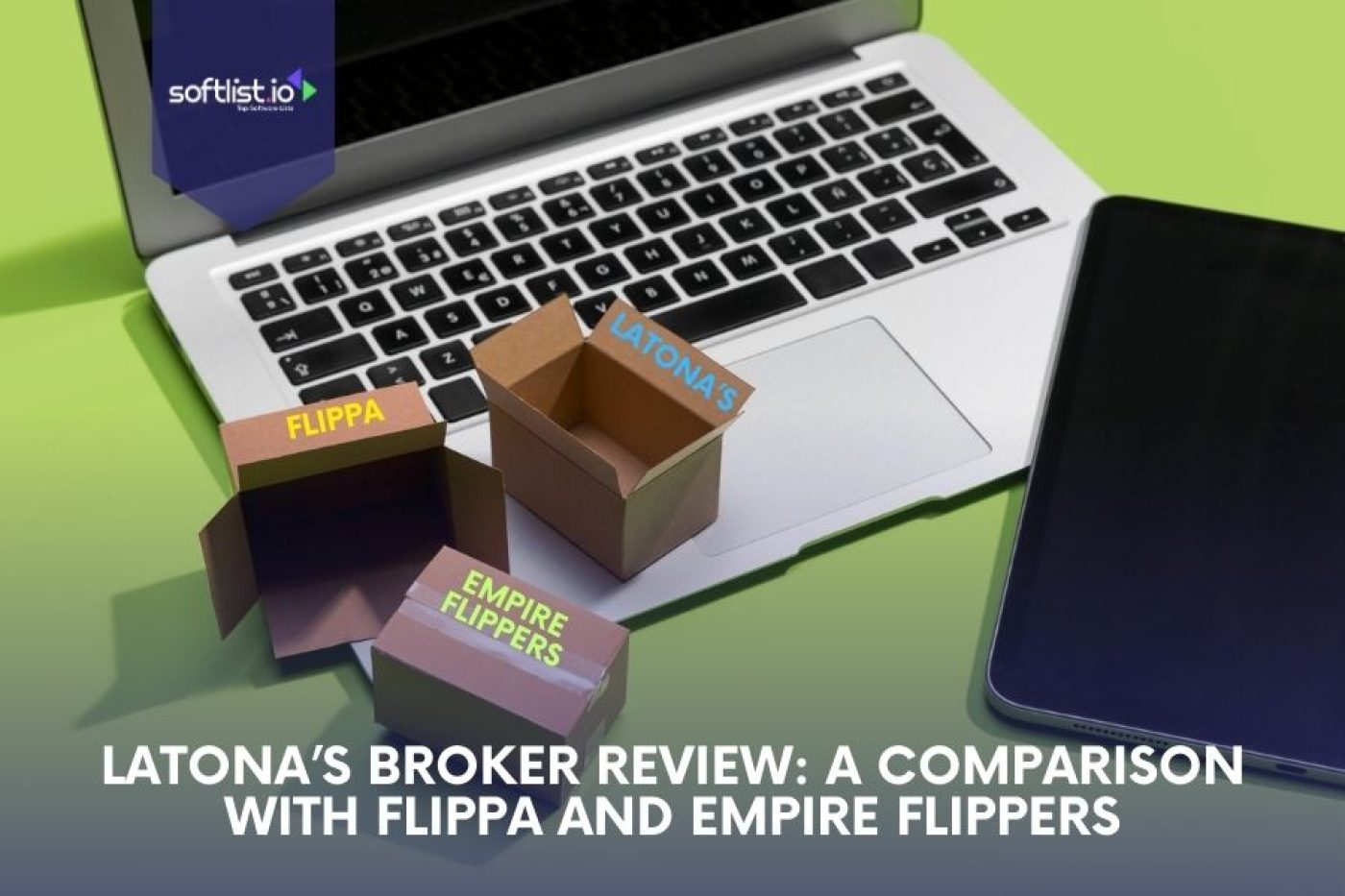If you want to spread out your investments without spending a lot of money, silver bullion bars are a good choice. They are cheaper than gold and known for being pure, which makes them a good choice for both new and experienced investors.
What are silver bullion bars? What are their pros and cons? How do they compare to other types of silver? That’s all in this article. This article will help you whether you are new to investing or have been doing it for years. Continue reading to fully understand.
Key Takeaways
- Silver bullion bars are a popular choice for diversifying investments in precious metals due to their affordability compared to gold.
- The price of silver can fluctuate, and buyers should monitor the bullion exchange rates to purchase at the best time.
- Reputable dealers, both online and in locations like NY, offer a range of silver and gold bullion products, including bars and coins, to suit different investment needs.
- When buying silver or gold bullion, consider the dealer’s customer rating and reputation to ensure quality and authenticity.
- Buyers should be aware of shipping options and policies, as well as the potential costs involved when purchasing bullion.
- Investing in precious metals like silver and gold requires careful consideration of storage options to maintain the quality and value of bars and coins.
- Understanding the differences between various types of bullion, such as silver bars versus coins, helps buyers make informed decisions tailored to their financial goals.
What is a Silver Bullion Bar?

Source: Canva Pro
A silver bullion bar is a rectangular block of refined silver, typically marked with its weight, purity, and mint. These bars are a popular choice for both investors and collectors due to their high silver content and relatively low premium over the spot price of silver. They come in various sizes, from 1 oz silver bars to 100 oz silver bars, making them accessible for different budgets.
Definition and Characteristics:
- Silver bullion bars are made from fine silver, usually 999 fine silver or 9999 pure silver.
- Common sizes include 1 oz, 5 oz, 10 oz, and 100 oz silver bars, with 1 kilo silver bars also available.
- These bars often feature engravings that indicate their weight, purity, and mint origin (e.g., Royal Canadian Mint, Perth Mint, Sunshine Mint).
Historical Context and Popularity:
- Historically, silver has been used as a form of currency and a store of value. The minting of silver bars began as a way to standardize silver’s value.
- Today, silver bullion bars are a popular investment, especially for those looking to diversify their holdings in precious metals. They are often preferred over silver coins due to lower production costs and premiums.
- Major mints like the Scottsdale Mint and Johnson Matthey produce high-quality silver bars that are trusted by investors worldwide.
Is it Worth Buying Silver Bullion?

Source: Canva Pro
Investing in silver bullion bars can be a smart financial decision for many reasons. Silver is more affordable than gold, making it accessible to a broader range of investors.
Additionally, buying silver bars offers a way to hedge against inflation and economic uncertainty. However, like all investments, there are risks and considerations to keep in mind.
Benefits of Investing in Silver Bullion Bars:
- Affordability: Silver is significantly cheaper than gold, allowing investors to buy larger quantities. Smaller bars, like 1 oz silver bars or 5 oz silver bars, are especially affordable and easy to buy.
- Diversity: Silver bullion bars come in various sizes, such as 1 oz, 10 oz, 100 oz, and 1 kilo, providing flexibility for investment strategies.
- Liquidity: Silver bars are easy to sell due to their recognized value and demand. There are many silver bars for sale online, making them highly liquid.
- Security: As a tangible asset, silver provides a hedge against inflation and currency devaluation. Owning physical silver means you own a real, valuable asset.
Risks and Considerations:
- Price Volatility: The price of silver can fluctuate significantly, influenced by the spot price of silver, economic conditions, and market speculation.
- Storage and Insurance: Physical silver requires secure storage, whether at home or in a vault. Additionally, insurance may be needed to protect against theft or loss.
- Premiums and Fees: When you buy silver bars, you pay a premium above the spot price, which can vary depending on the bar’s size, mint, and seller. For example, 1-oz silver bars typically have a higher premium per ounce than 100-ounce silver bars.
What is the Difference Between Silver and Silver Bullion?

Source: Canva Pro
While silver refers broadly to the metal in all its forms, silver bullion specifically refers to high-purity silver products, such as bars and coins, produced for investment purposes. Understanding the difference is crucial for silver investors to make informed decisions.
Understanding the Terms:
- Silver: A precious metal used in various applications, including jewelry, electronics, and industrial processes.
- Silver Bullion: Refers to silver bars and silver bullion coins that are valued by their silver content rather than face value or design.
- Types of Silver Products:
- Silver Coins: Government-issued with a face value.
- Silver Rounds: Private mint products similar to coins but not legal tender.
- Silver Bars: Produced by mints such as the Royal Canadian Mint, Perth Mint, and Geiger Silver Bars, available in multiple sizes and designs.
Investment Purposes and Uses:
- Silver Bullion Bars: Preferred by investors because of their purity (often 999 or 9999) and relatively lower premiums over the spot price.
- Silver Coins and Rounds: Often purchased by collectors or those looking for smaller denominations of silver. Coins like those from the Royal Canadian Mint have a collectible aspect.
- Industrial Use: Silver is used in various industries due to its conductive properties. However, for investment purposes, bullion bars are typically favored over industrial silver due to their purity and standardization.
- Market Value and Liquidity: The market value of silver bullion is closely tied to the silver spot price, making it a transparent investment. Bars and coins are easier to trade than raw silver or products with mixed silver content.
Investors looking to buy silver bullion bars should understand these differences to align their purchases with their investment goals, whether that involves accumulating wealth, diversifying their portfolio, or preserving value.
Do Silver Bullion Bars Tarnish?

Source: Canva Pro
Silver bullion bars, like all silver products, can tarnish over time. Tarnishing is a natural chemical reaction that occurs when silver is exposed to air, moisture, or certain pollutants. While tarnish does not affect the silver content or quality, it can impact the bar’s appearance.
Proper storage and care can help prevent tarnishing and maintain the bar’s visual appeal and market value.
The Science Behind Tarnishing:
- Tarnishing occurs when silver reacts with sulfur compounds in the air, forming a dark coating on the surface.
- While this reaction is common for all silver, including coins and silver bullion bars, it can be more noticeable on polished surfaces like those found on silver bars.
- The speed at which tarnishing occurs depends on environmental factors such as humidity, pollution, and exposure to chemicals.
Maintenance and Storage Tips:
- Store in a Dry, Cool Environment: Keep silver bars in airtight containers or plastic sleeves to limit exposure to air and moisture.
- Use Anti-Tarnish Strips or Silica Gel Packs: These can absorb moisture and sulfur compounds, reducing the chances of tarnish.
- Avoid Handling Silver Bars with Bare Hands: Oils and acids from the skin can accelerate tarnishing. Use gloves or hold the bars by the edges.
- Regularly Inspect and Clean: Use a soft cloth to polish and remove any early signs of tarnish.
Why is Silver Bullion So Cheap?
Silver bullion is often considered more affordable compared to other precious metals like gold. Several factors contribute to this perception, including the spot price, market dynamics, and the silver market’s size relative to gold.
Understanding why silver is cheaper can help investors make informed decisions about when to buy silver bars for sale.
Market Dynamics and Supply:
- Spot price is the current market price for silver. It is influenced by factors such as supply and demand, mining production, and economic conditions.
- Silver is mined more abundantly than gold, leading to a higher supply and lower price per ounce.
- The silver market is smaller than gold, making it more volatile and subject to price fluctuations.
- Industrial demand plays a significant role in silver pricing. Unlike gold, which is primarily an investment metal, silver is heavily used in industrial applications, affecting its price dynamics.
The Role of Industrial Demand:
- Silver and other precious metals like gold and platinum have different demand drivers. Silver’s dual role as both an industrial metal and an investment makes it unique.
- The use of silver in electronics, solar panels, and medical applications ensures a steady industrial demand.
- Advances in technology and increasing industrial uses could lead to changes in the price of silver, presenting both opportunities and risks for investors.
Final Thoughts
Investing in silver bullion bars offers a unique opportunity to diversify a portfolio with a tangible asset. Understanding the different types of silver bars, from 1 oz to 100 oz sizes, and the factors that affect silver price is crucial for making informed decisions. Here are the key takeaways:
Variety and Selection:
- Silver bars come in various sizes and designs, from one-ounce silver bars to 100-ounce silver bars. Popular mints like the Royal Canadian Mint, Perth Mint, and Johnson Matthey offer a range of high-quality silver bars.
- Different types of silver bars are available to suit different investor needs, from themed silver bars to investment-grade silver.
Storage and Care:
- Proper storage of silver bars is essential to prevent tarnishing and maintain their market value. Use airtight containers and avoid excessive handling.
- Silver bars require less space than silver coins, making them easier to store in bulk for large-scale investors.
Market Considerations:
- The spot price of silver is a key factor in determining the cost of silver bars. Investors should monitor market trends and consider the best times to buy silver bars online or in-store.
- While silver is generally cheaper than gold, it offers a different risk-reward profile and should be considered as part of a diversified investment strategy.
Investors should consider their own financial goals and market conditions before investing in silver bullion bars. Whether looking to buy silver bars for sale at the lowest price or investing in high-quality, mint silver bars, understanding the market dynamics and types of silver available is key to making sound investment choices.
Ensure secure transactions. Check out Softlist’s ‘Cyber Security Services‘ category for tools that protect your bullion investments from digital threats.
Read our in-depth ‘Reviews’ today and unlock special savings. Explore Softlist’s ‘Deals and Offers‘ page for incredible deals on must-have items.
FAQS
What Are the Different Sizes of Silver Bars Available on the Market?
Silver bars come in various sizes, ranging from 1 oz to 100 oz, including 10 oz silver bars, which are among the most popular. This variety allows investors to choose the best silver bar size that fits their budget and storage capabilities.
What are the Best Silver Bar Designs Available?
Some of the most popular silver bar designs include the Royal Canadian Mint silver bars, Johnson Matthey silver bars, and Perth Mint silver bars. Designs like the American flag silver bar are also favored for their unique appeal. The best silver bar designs are often those with high purity and recognizable branding.
How Should I Store My Silver Bars to Maintain Their Quality?
Proper silver bar storage is crucial to maintain quality. Silver bars should be stored in a cool, dry place, ideally in airtight containers. This prevents tarnishing and damage, ensuring the highest quality silver for long-term investment.
Are there Differences in the Quality of Silver Bars from Different Mints?
Yes, quality can vary. Mint bars from reputable producers like the Royal Canadian Mint and Johnson Matthey are known for their quality silver content and high production standards. The best silver bars are those guaranteed for purity and weight by trusted mints.
Is it Better to Invest in Silver or Gold?
The choice between silver and gold depends on investment goals. Silver, including investment-grade silver bars like the 10 oz silver bar, offers a lower entry price compared to gold. For those looking for a balance of affordability and value, silver is a versatile option in the selection of silver and gold investments.






